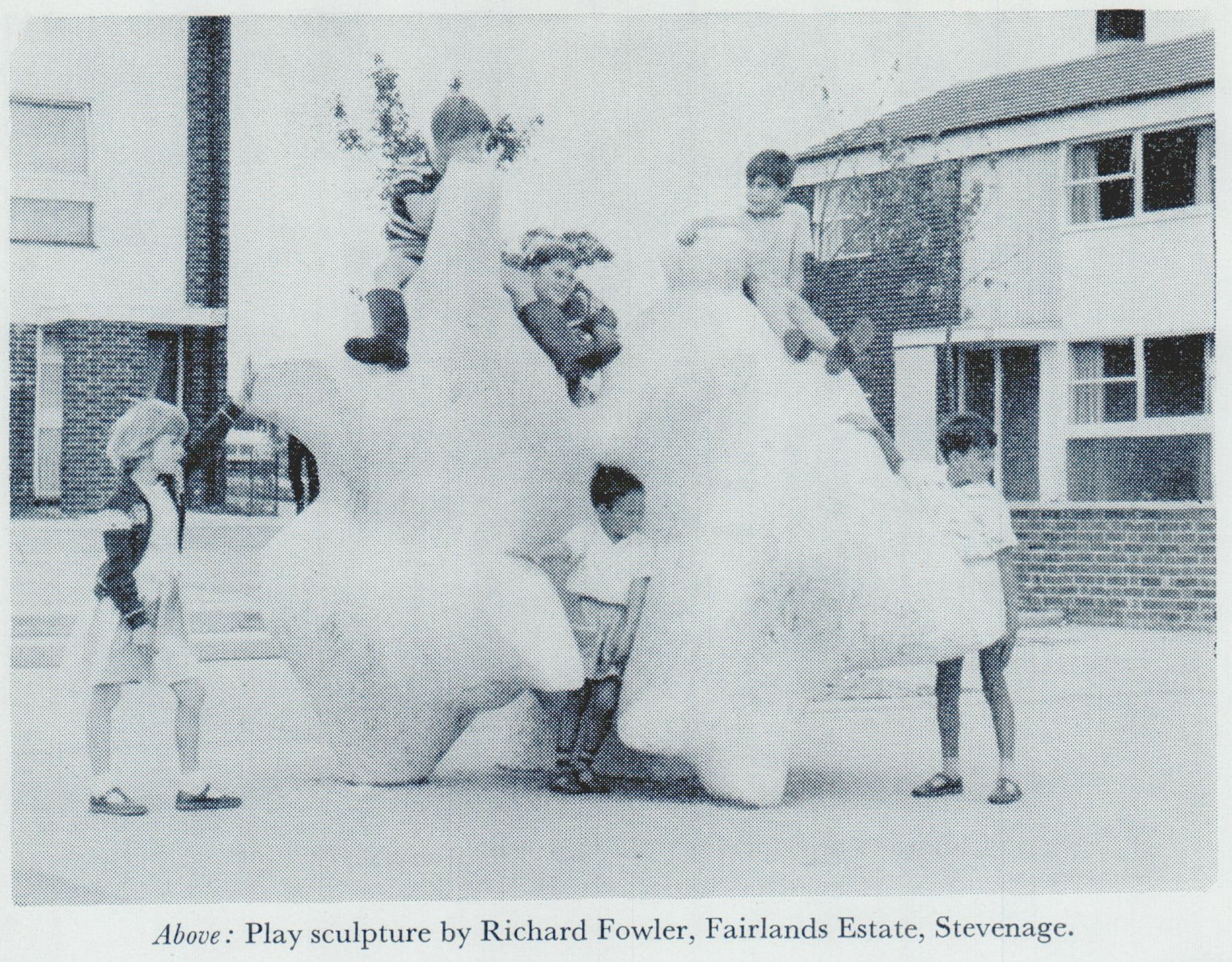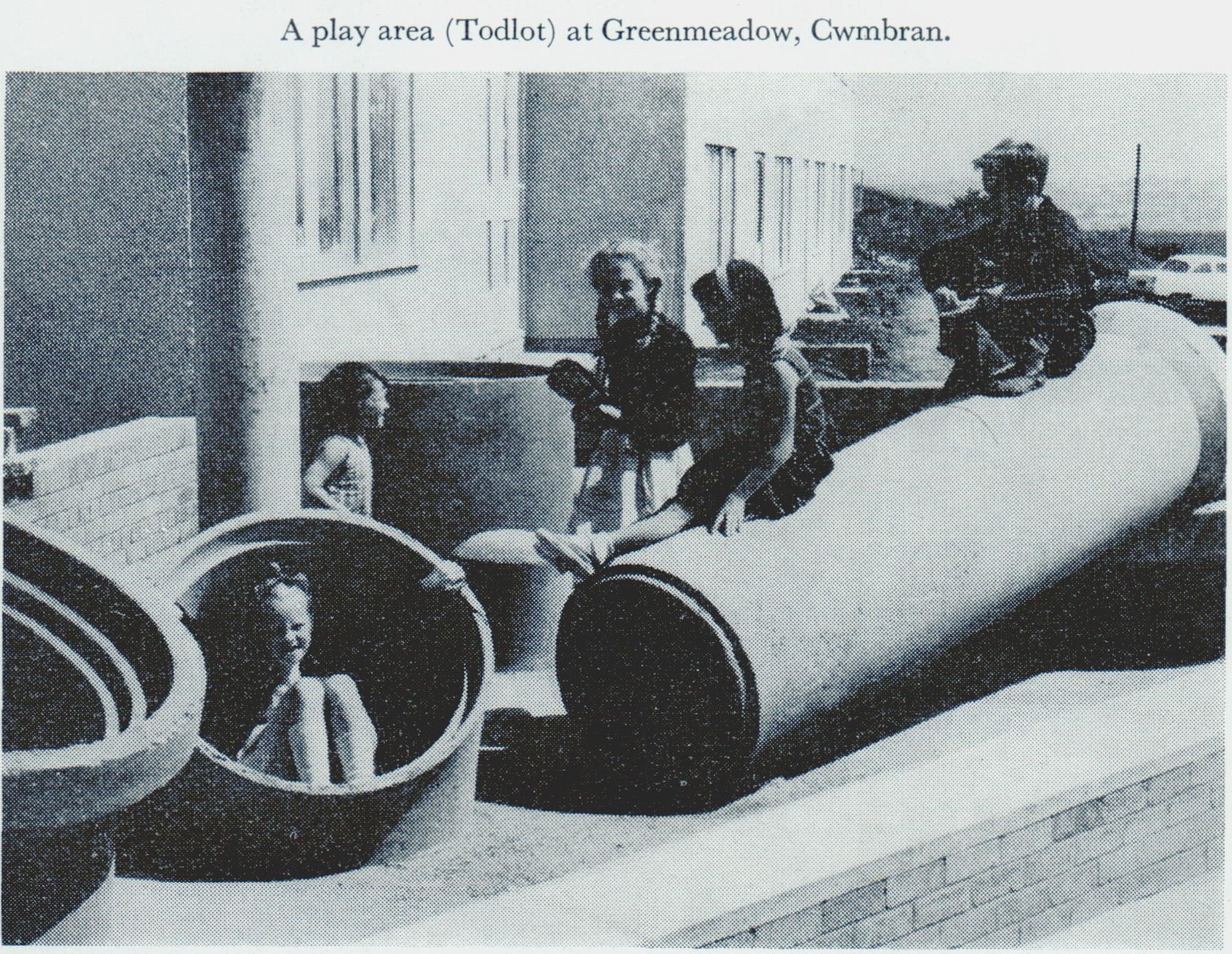From the archive: Seen - but not yet heard
Posted on 25th Jun 2025 by Charlotte Llewellyn
From the archive: Seen - but not yet heard


In ‘Seen – but not yet heard’ (October 1998), Alison Millward explores the experience of play for children and young people in new housing estates. These findings are based on 3,500 observations of children between two and 18 at play in housing estates built between the 1890s and the 1990s, as well as over 300 interviews with children and their parents who live in these estates.
So, what does it mean to play? Millward defines play as the means through which ‘children learn about themselves and the world they live in’, through which ‘their intelligence and personalities grow as well as their bodies’.
'We need to break free from thinking about providing for children’s play needs by offering them play areas and playgrounds alone'
The article outlines nine objectives that developers could implement to provide children and young people the space they need to play.
- Children and young people should be able to move freely around the housing developments using active travel. To enable them to do this, efforts should be made to protect them from traffic.
- Developers should also provide various types of spaces for children and young people to play and socialise, including the street, the natural environment, playgrounds, sports pitches, and the home.
- An emphasis is also placed on the social and community element of play, recognising the importance of embedding play into the social fabric of the housing estate as well as the need to provide space for organised activities and clubs.


We know how important play is for the development of children and young people, and it is therefore essential that we provide them with the opportunity to input into the design of the spaces in which we want them to play.
As Millward’s article highlights, children know what they want from their environment, and it is up to us to listen to them and help turn their vision into a reality. These ideas are an essential reminder of the importance of play and the necessity of engaging children and young people in the planning process. This is crucial whether we are considering how we provide play spaces in the next generation of new towns or how best to breathe new life into the play spaces in our existing towns and cities.
“Children are perfectly capable of identifying those elements of their environment that they value”
Children and young people remain a central strand of the TCPA’s work, including our report ‘Raising the healthiest generation in history’ and our recent webinar on the Voice Opportunity Power youth engagement toolkit. We know how much the homes and neighbourhoods that children grow up in shape their lives, and because of that, we need to create spaces that meet their needs and help them to flourish.
Link: Seen - but not yet heard from the October 1998 edition of Town and Country Planning